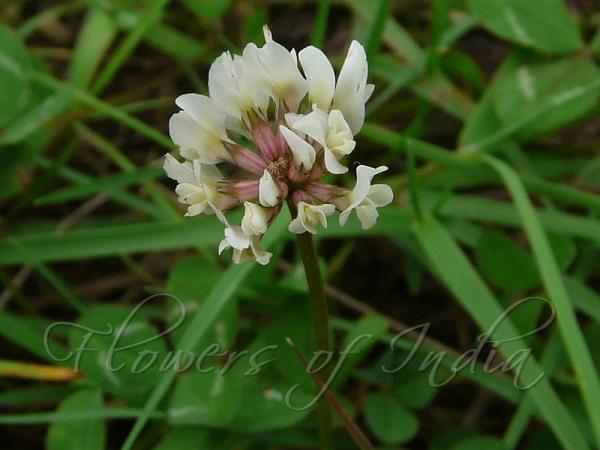|
| White Clover |
|

|

| File size | 199128 |
| Original date | 8/13/11 3:48 PM |
| Resolution | 2560 x 1920 |
| Flash | Flash did not fire, auto |
| Focal length | 4.6mm |
| Exposure time | 1/160s |
| Aperture | 4.0 |
| Focus Distance | |
| Metering Mode | Spot |
| Camera make | Panasonic |
| Camera model | DMC-FZ18 |
| Sensor type | OneChipColorArea |
|
|
|
Photo: |
Botanical name: Trifolium repens Family: Fabaceae (pea family)
White Clover is
a herbaceous perennial plant which is low growing, with heads of whitish
flowers, often with a tinge of pink or cream. The heads are generally 1.5-2 cm
wide, and are at the end of 7 cm peduncles or flower stalks. The leaves
are trifoliolate, smooth, elliptic to egg-shaped and long-petioled. The stems
function as stolons, so white clover often forms mats with the stems creeping
as much as 18 cm a year, and rooting at the nodes. Besides making an excellent
forage crop for livestock, clovers are a valuable survival food: they are high
in protein, widespread, and abundant. They are not easy to digest raw, but
this can be easily fixed by boiling for 5-10 minutes. Dried flowerheads
and seedpods can also be ground up into a nutritious flour and mixed with
other foods. Dried flowerheads also can be steeped in hot water for a healthy,
tasty tea-like infusion. White Clover is native to Macaronesia, NW. Africa,
Egypt to Zimbabwe, Europe to Mongolia and Himalaya, at altitudes of
1500-2500 m. Flowering: April-July.
| Identification credit: Tabish | Photographed in Dhanaulti, Uttarakhand. |
• Is this flower misidentified? If yes,